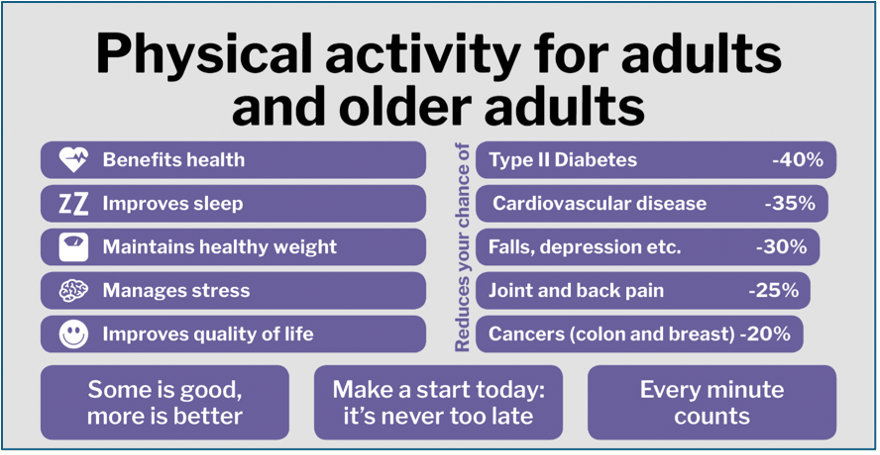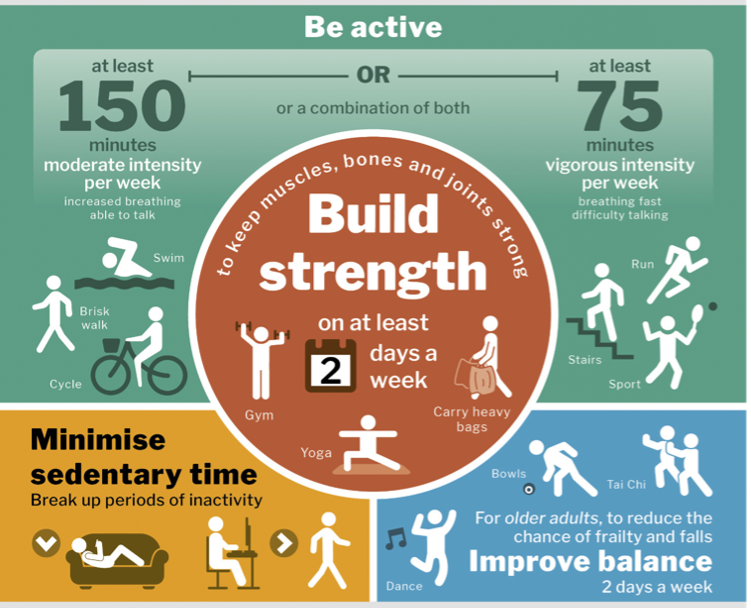
05 Mar How Does Exercise Help Reverse Type 2 Diabetes and Prevent Weight Regain?
After losing weight, many people experience the frustrating challenge of weight regain. It’s something that can feel discouraging — especially when you’ve worked hard to make progress. But did you know there’s one powerful tool that can help you maintain that progress and even support your journey to reverse type 2 diabetes? That tool is regular physical activity.
Can Exercise Alone Help With Weight Loss or Type 2 Diabetes Reversal?
It might surprise you to learn that exercise alone isn’t the most effective strategy for losing weight. Research shows that changes in diet — not exercise — are usually the driving force behind initial weight loss.
However, that doesn’t mean exercise isn’t important. Physical activity plays a crucial role in keeping weight off and improving insulin sensitivity, which are key to maintaining stable blood sugar and reversing type 2 diabetes in the long run.
Why Is Exercise So Important After Weight Loss?
Exercise does more than burn calories — it regulates the body’s natural hunger and satiety hormones. When you’re physically active, your body balances hormones like ghrelin (which makes you hungry) and leptin (which tells you when you’re full). This helps reduce cravings and supports better control over food intake.
For people with type 2 diabetes, regular movement can help reduce stress, improve energy, and enhance mood — all factors that contribute to improved blood sugar control and a lower risk of relapse into old habits.
How Does Exercise Help Prevent Weight Regain?
Regular physical activity helps stabilise your metabolism and preserve muscle mass, both of which are essential for long-term weight maintenance. Exercise also helps manage appetite, reduce emotional eating, and strengthen your ability to make consistent, healthy choices.
In fact, studies show that people who engage in consistent physical activity are far more likely to maintain their weight loss over time — and this stability is key to reversing type 2 diabetes naturally.

What Are the Psychological Benefits of Regular Exercise?
Exercise supports mental health as much as physical health. It helps reduce stress hormones like cortisol, boosts mood-boosting endorphins, and improves confidence. These benefits make it easier to stay motivated, especially when working toward long-term goals such as reversing type 2 diabetes.
Group exercise or outdoor activity can also create a sense of community and accountability, helping people stay engaged and consistent.
What Counts as Exercise When You’re Trying to Reverse Type 2 Diabetes?
The best exercise is the one you enjoy — and do consistently! The key message is: every minute counts and move in any way you can. This could include:
- Brisk walking or light jogging
- Cycling or swimming
- Dancing, gardening, or household chores
- Yoga, Pilates, or stretching routines
Don’t be discouraged if you can’t meet the full guidelines right away. Start where you are and gradually build up your activity levels over time.
What Are the Current Physical Activity Guidelines for Adults?
According to UK Government guidelines, adults should aim for:
- 150 minutes of moderate-intensity aerobic activity (like brisk walking or cycling) per week, or
- 75 minutes of vigorous-intensity activity (like running or HIIT) per week
- Plus, strength-building activities on at least two days a week
These recommendations apply to everyone — and can be adapted for older adults or those managing health conditions. Every bit of movement contributes to better health and supports your ability to reverse type 2 diabetes naturally.

Why Is Strength Training So Important for Preventing Weight Regain?
Strength training is one of the most powerful tools you can use to prevent weight regain and improve insulin sensitivity. It helps build and maintain lean muscle mass, which increases your metabolic rate — meaning your body burns more energy, even at rest.
Simple strength exercises such as squats, lunges, push-ups, and sit-ups can be done at home in just a few minutes a day. These movements support joint health, balance, and mobility, helping you stay active and independent as you age.
The phrase “use it or lose it” truly applies here. Without regular muscle engagement, muscle mass declines over time, slowing metabolism and making it easier to regain weight — which can, in turn, affect blood sugar regulation and progress in reversing type 2 diabetes.
Is Outdoor Exercise Better for Type 2 Diabetes Reversal?
There’s growing evidence that exercising outdoors enhances the mental and physical benefits of movement. Exposure to nature reduces stress, improves mood, and helps regulate sleep patterns — all of which are beneficial for blood sugar balance.
Whether it’s a walk in the park, a hike, or some light stretching in your garden, outdoor activity combines movement with mindfulness — a winning combination for your body and your mind.
How Can You Stay Motivated to Exercise Regularly?
Building a sustainable routine is about creating habits, not perfection. Try scheduling exercise like an appointment, tracking your progress, or finding a friend to move with. The goal isn’t intensity — it’s consistency.
Remember: reversing type 2 diabetes isn’t about quick fixes. It’s about building a lifestyle that supports your body every single day.
Want More Guidance on How to Reverse Type 2 Diabetes?
If you want to learn more about how lifestyle changes like exercise, nutrition, and stress management can help you reverse type 2 diabetes, watch Dr Nerys’ free three-part Health Breakthrough video series. It’s packed with science-based insights and practical tips.
You can also download the free Blood Sugar Guide to understand your numbers and take your next step towards improved blood sugar control.
Final Thoughts: Movement Is Medicine
Exercise isn’t just about burning calories — it’s about transforming your health. When combined with mindful eating and lifestyle balance, movement becomes one of the most powerful tools to reverse type 2 diabetes and maintain your results for life.
So start where you are, move in ways that feel good, and remember — every minute of movement brings you closer to better health.
